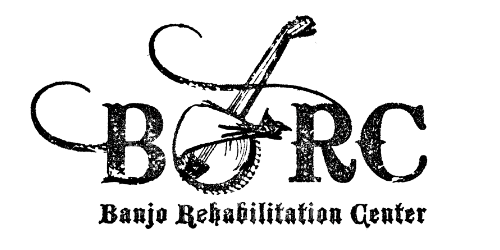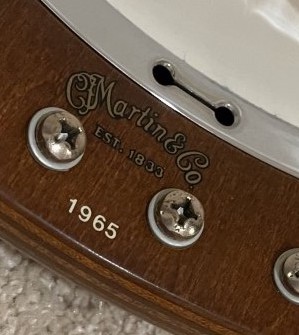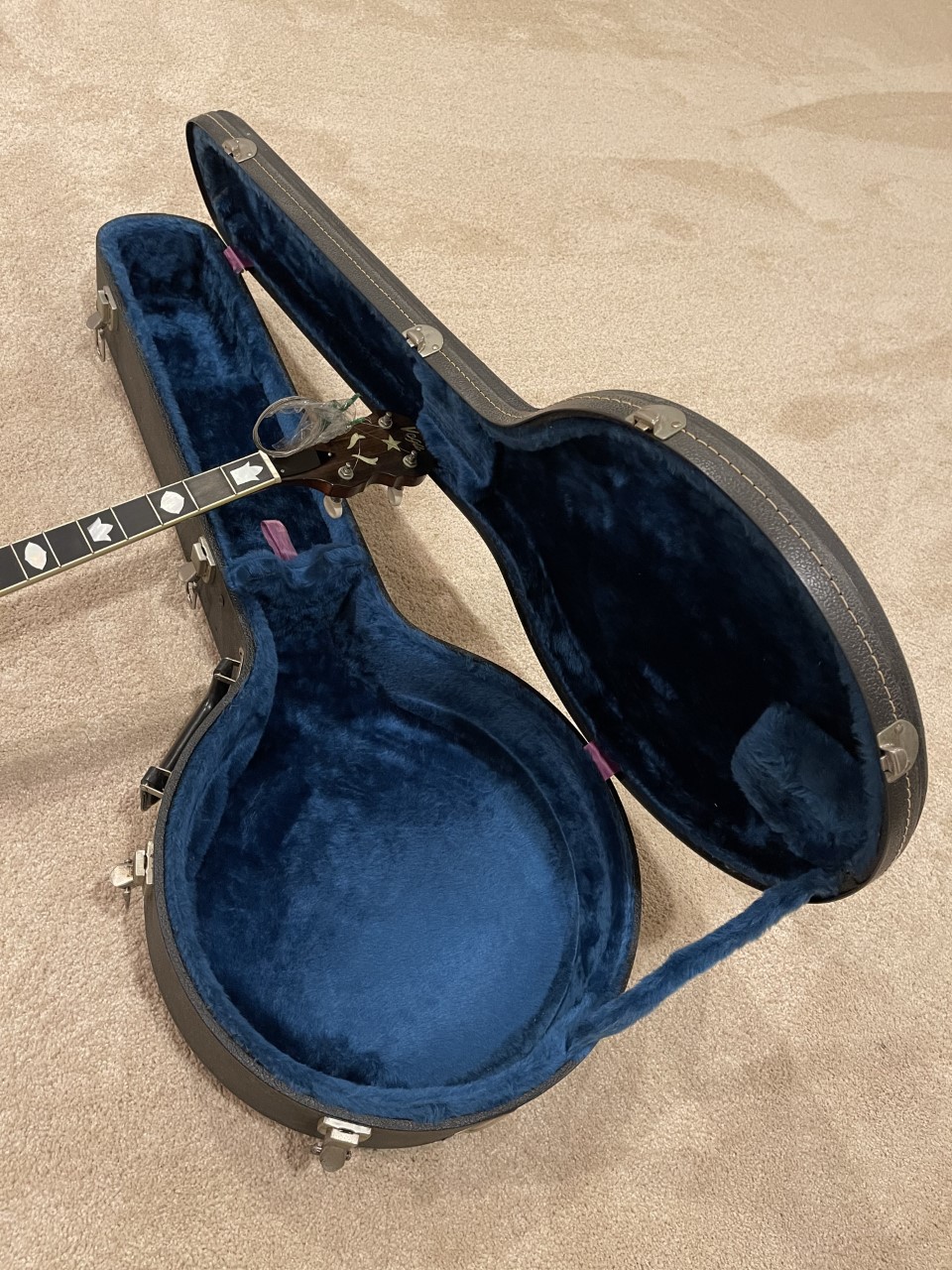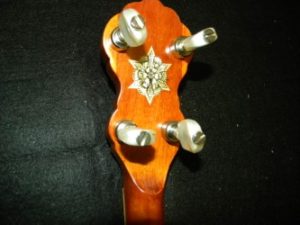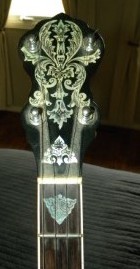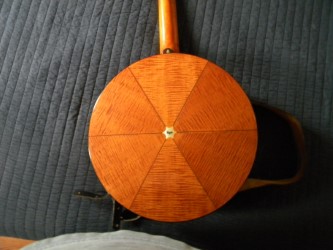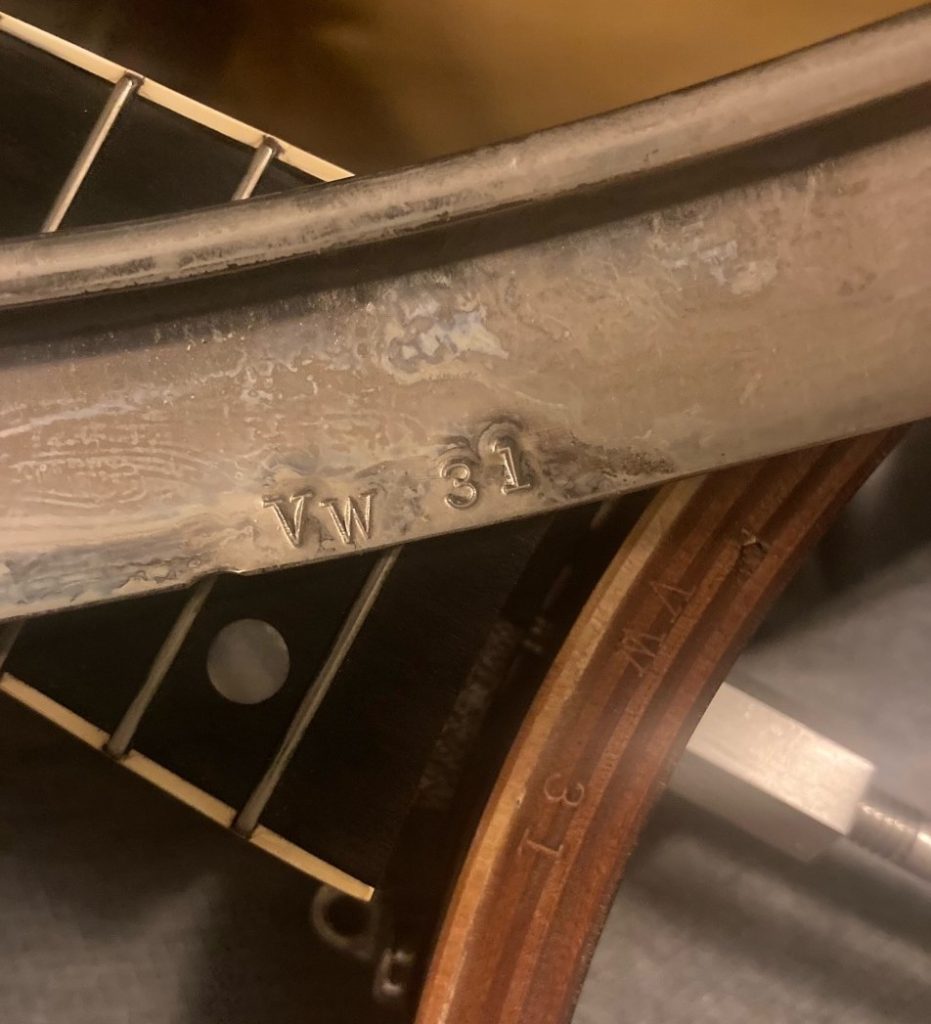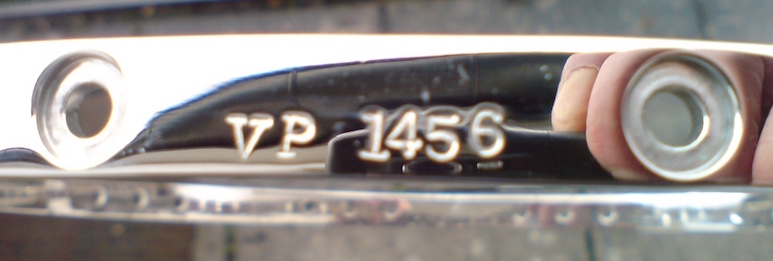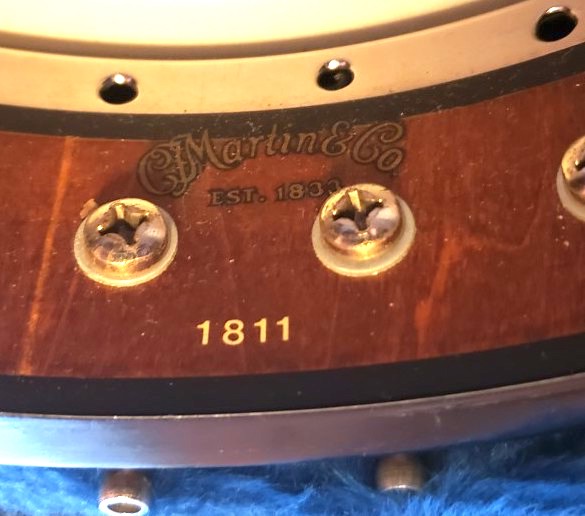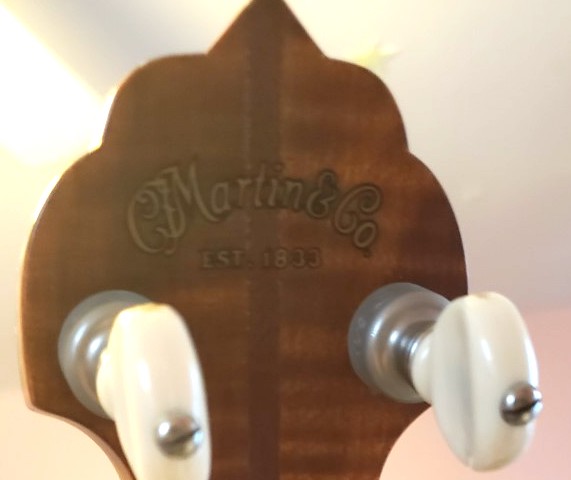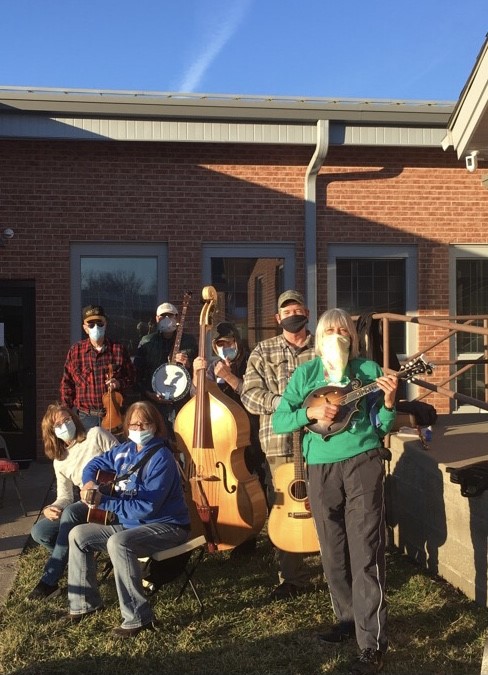N.J. says:
January 2022Dear BRC: I have a Seeger SS-5 Folklore Model 1972 Economy Model # 130041 that I would like to sell. I am the only owner. Purchased the instrument from McCabes in Santa Monica in the early 70’s. Might you provide me with a starting point for a price? It is in perfect condition. Thank you, NJ
BRC replies:
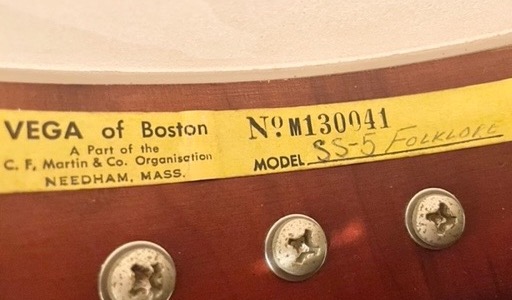
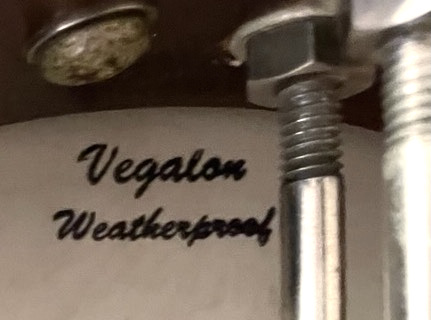
N.J. says:
Barry- Extraordinary review and commentary about my 5 string. It is your knowledge and expertise that is so commendable and appreciated.
Gratefully, NJ
